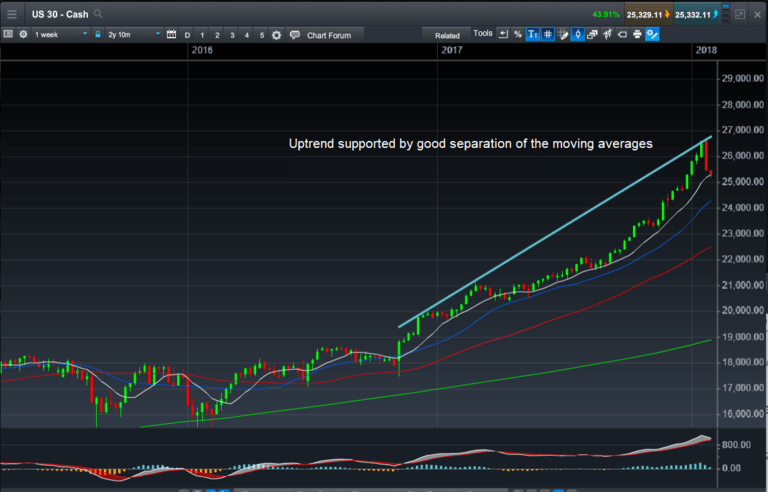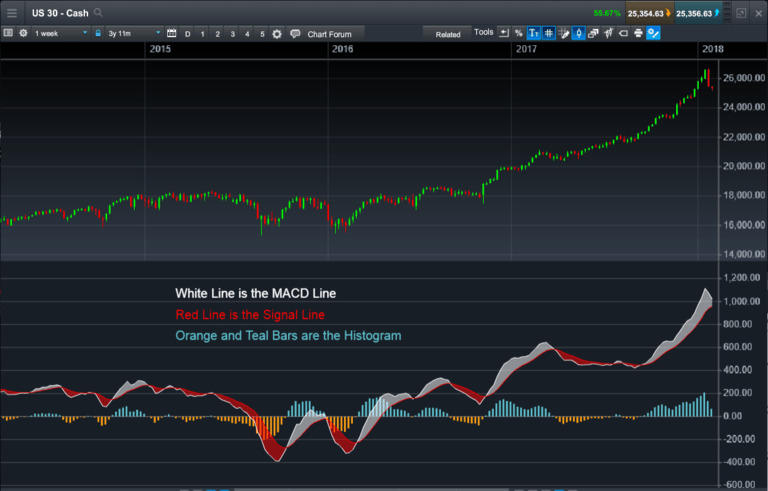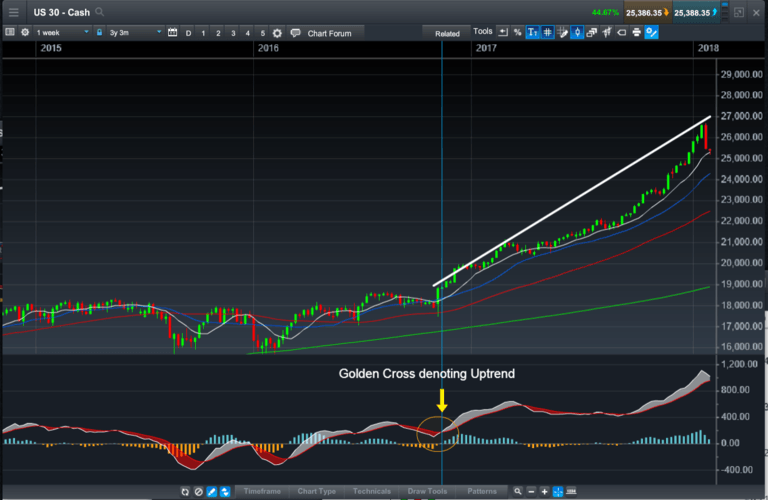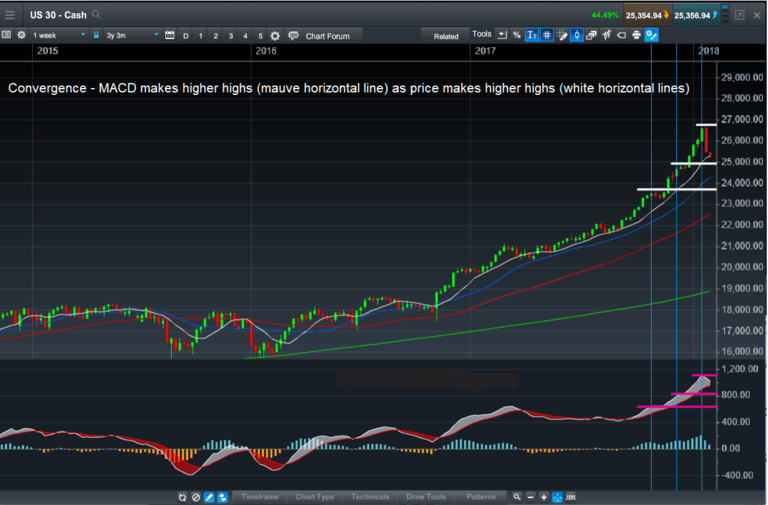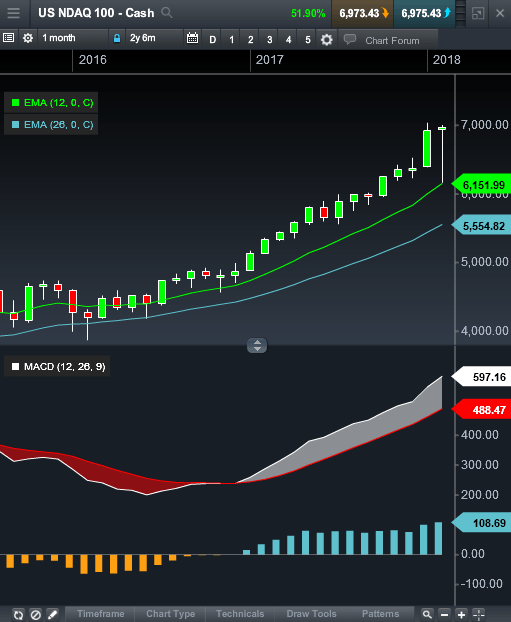How to use MACD Indicator
Prices of all financial instruments do not move in a straight line, but rather in a jagged up and down fashion with a series of sharp peaks and troughs. Examples of financial instruments are the foreign exchange market, equities, indices, commodities, exchange traded funds (ETFs), debt instruments (bonds), futures and options. These fluctuations and oscillations are filtered out by low-pass filters. MAs present a smoother profile, which allows for ease of analysis. The MACD formula seeks to harness the benefits of two low-pass filters: a fast EMA and a slow EMA. The standard or “box” setting for the fast EMA is 12 periods, for example an EMA calculated over 12 periods. The standard or “box” setting for the slow EMA is 26 periods, for example an EMA calculated over 26 periods.
The MACD indicator consists of signal lines and a histogram. The histogram displays the difference between the MACD line (more commonly referred to simply as MACD) and the signal line plotted as a bar chart over time.
The MACD can be used in several ways by traders. At a very basic level it is used to generate buy and/or sell signals using crossovers. When the MACD crosses the signal line from under it and goes over, a buy signal is generated. Such a crossover is often known as the “golden cross”. Conversely, when the MACD crosses the signal line from above and goes under it, this generates a sell signal, and is often known as the “death cross”.

